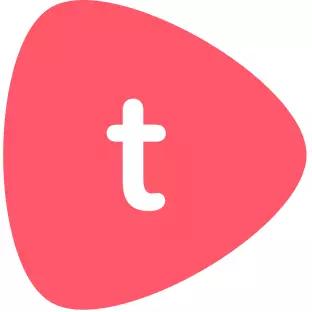This section will help you get a handle on Non-literary Bodies of Work, one of I.B. Language and Literature’s trickier facets. What constitutes a Non-literary Body of Work? Which text types are recommended for study? Which authors or producers are worthy of careful study and analysis? Should different non-literary text types, cartoon versus music video, for example, be approached differently for analysis? How so? What is a suitable extract for the Individual Oral? You’ll find answers to all of these questions in this section. After covering generalities, you’ll be ready to ask the big question: Which Non-literary Bodies of Work should I select for study with my students? We’ve got you covered here as well: 36 Sample Non-literary Bodies of Work.
In Language and Literature, equal time and attention will be paid to how meaning is constructed in both literary and non-literary works. This has important implications for our understanding of both the Seven Concepts and Global Issues. It also has implications for major course assessments.
Some text types may be considered either literary or non-literary depending on a few factors. These text types are autobiography/biography, memoir, diary entry, opinion column, essay, parody, letter, pastiche, magazine article, speech, manifesto, travelogue. The Prescribed Reading List is the key to determining if a particular author’s work should be considered literary or non-literary. If an author’s name appears on the PRL, their work must be considered literary.
Bodies of Work and Assessments
Student proficiency in non-literary textual analysis will be evaluated in Paper 1, the Individual Oral and, possibly (HL only) in the Higher Level Essay. At minimum, teachers need to explore with students several engaging non-literary bodies of work, bodies of work saturated with engaging global issues, so that students can prepare for their Individual Oral. This should happen relatively early in the course. Non-literary bodies of work not selected by students for analysis in the Individual Oral could be used later for the HL Essay (if applicable). Toward the end of course, several Non-literary Bodies of Work should be studied with preparations for Paper 1 exam. Past Paper 1 exams, viewable here, provide valuable insights into the particular text types favored by I.B. examiners.
Non-Literary Bodies of Work: Range of Text Types
Meaning is conveyed through a broad range of non-literary text types. Some rely heavily on print text; others are completely devoid of words.
What’s an extract? What’s a Body of Work?
This image below could not by itself be considered a Non-literary Body of Work. It could be considered a non-literary extract (for the purposes of the Individual Oral). This image, along with 7 or more additional images drawn from the same ad campaign, could be considered a Non-literary Body of Work. The Body of Work is the ad campaign: Nike: you’ve never seen England like this. They author / producer is an ad agency: Weiden + Kennedy.




